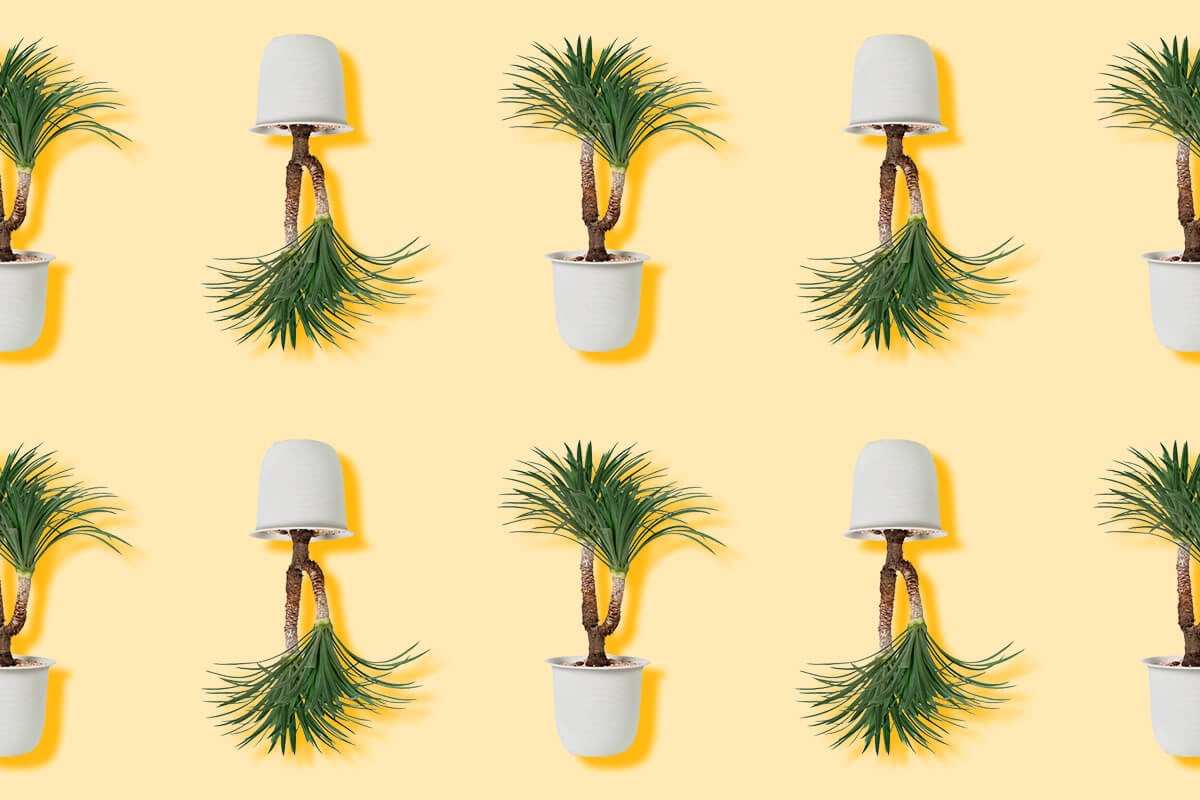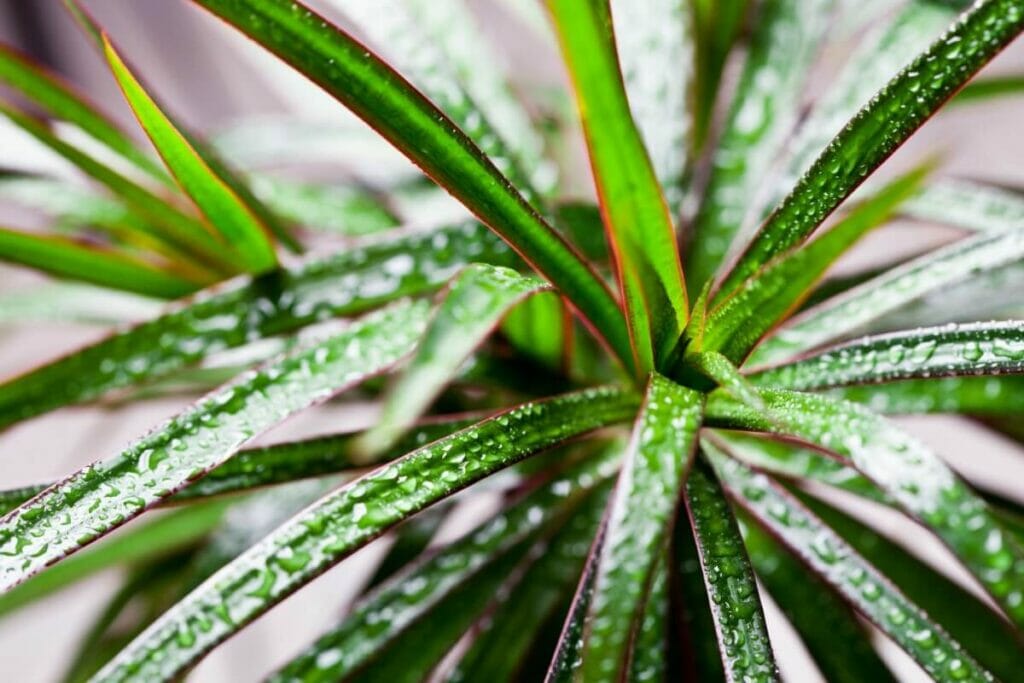Dracaena Is More Than Just a Plant — It’s a Symbol of Power, Clarity & Inner Strength
Also known as dragon trees, Dracaena plants are commonly associated with good luck and prosperity, especially in feng shui. These plants are also linked to the Wood element, which governs family and prosperity. In Japan, these plants are symbols of gratitude. Due to their wide native range, Dracaena plants have influenced many cultures and societies throughout history. This analysis draws from mythological sources, ethnobotanical research, feng shui traditions, and contemporary horticultural practices.

Etymological Meaning
The genus name Dracaena comes from a Latinized version of the Ancient Greek word “drakaina”. This translates as “female dragon,” which refers to the distinctive red resin known as dragon’s blood.
The Meaning and Symbolism of Dracaena Plants
In many cultures, Dracaena plants are associated with wealth, prosperity, and good luck. This link between Dracaena plants and luck is most prevalent in Africa and China.
Some societies also associate Dracaena plants with balance, harmony, and peace. This is especially true of Dracaena fragrans, thanks to the sweet scent of its pink or white flowers. What’s more, Dracaena plants are thought to represent peace in parts of tropical Africa.
Ancient World Symbolism
Dracaena plants have been culturally significant since ancient times. The Ancient Egyptians believed that Dracaena plants represented rebirth, renewal, and purification. This may be because dragon trees were a source of incense, which was often used in purification rituals.
The Ancient Greeks also associated dragon trees with incense. They believed that the sticky red resin of Dracaena plants was the blood of monstrous dragons. However, they may have gotten this sap confused with cinnabar, which also produces a vibrant red pigment.
The Antenna Plant
Dracaena has acquired the nickname “antenna” because it is believed to “absorbs” positive energy, much like a real antenna, which serves as a receiver for beneficial forces. This modern interpretation builds on ancient beliefs about the plant’s connection to invisible energies.
Tree of Love and Happiness
Some varieties are known as the “tree of love and happiness,” reflecting their association with emotional well-being and domestic harmony. This designation highlights the plant’s role in creating nurturing and supportive environments.
Aztec and Indian Legends
Dracaena features in various cultural legends, including Aztec stories about love conquering impossibility. These tales often involve the plant’s remarkable ability to regenerate and thrive under challenging conditions, symbolizing hope triumphing over adversity.
Dracaena Plants and Feng Shui
In feng shui, Dracaena plants are associated with good luck, wealth, and prosperity. This is partly because, like most plants, Dracaena plants are linked to the Wood element.
This refers to the Five Elements Theory, where elements like Earth, Fire, Metal, Water, and Wood have different properties. Feng shui practitioners use the Bagua map to organize the elements and energy within their homes. According to the Bagua map, each element corresponds to particular directions of the compass and is stronger in certain areas.
The Wood element is associated with prosperity, growth, creativity, vitality, and rebirth. According to the Bagua map, the Wood element is strongest in the eastern and southeastern parts of our homes. The East governs family, while the Southeast governs prosperity and wealth.
Positioning Dracaena plants in these areas can improve the energy around your family or prosperity. Unsurprisingly, Dracaena plants, like lucky bamboo and snake plants, are some of the best feng shui plants for wealth and prosperity.
Placement and Positioning
In feng shui practice, the placement of Dracaena plants carries specific significance:
Dead energy areas: Plants help restore positive energy to stagnant corners and spaces above cabinets
Northeast corner: Lucky bamboo should be placed here to activate energy related to finances
Wealth corners: Various Dracaena species can enhance the prosperity sector of a home or office
Dracaena Marginata (Madagascar Dragon Tree)
The Madagascar Dragon Tree carries specific symbolic meanings related to its origins and characteristics. It is believed that ancient Egyptians cultivated this plant as a symbol of eternal life and prosperity, with remains found in pharaonic tombs.
In many cultures, the dragon is associated with strength, power, and protection. Having a Dracaena Marginata at home is believed to attract good luck and chase away negative energies. The deep red color of its leaves is associated with fire and passion, and some believe it can stimulate creativity and increase vital energy.
Dracaena Sanderiana (Lucky Bamboo)
This species holds particular significance in feng shui practices and is traditionally given as a good luck gift. Multiple stems are arranged in specific patterns symbolizing happiness, health, and a long life.
Feng shui enthusiasts claim that ‘Chi’ energy is channeled through the hollow stems, making Lucky bamboo a powerful conductor of positive energy in living spaces.
Suitable Gifting Occasions

Due to their rich symbolism and easy care requirements, Dracaena plants make excellent gifts. Dracaena plants are commonly gifted as symbols of good luck or gratitude.
In feng shui, Dracaena plants are linked to good luck and prosperity. As such, they make an excellent gift for friends or family members who are starting a new business. Dracaena plants are also associated with family thanks to their connection with the Wood element.
Wrapping Up
Dracaena plants are held in symbolic regard by many cultures throughout Asia and Africa. Dracaena plant meaning is frequently associated with good luck and prosperity, especially in feng shui. Dragon tree plants can also represent balance, harmony, gratitude, purification, and renewal.
Edd is a budding content writer and gardener living in the United Kingdom. He has a bachelor's degree in Creative and Professional Writing and has written for several gardening publications online. He is passionate about nature and sustainability with a focus on gardening and wildlife.

